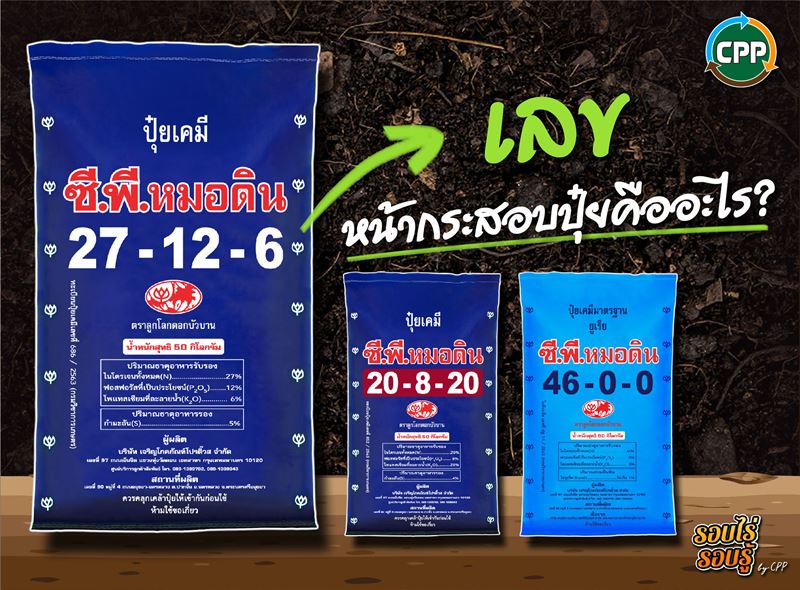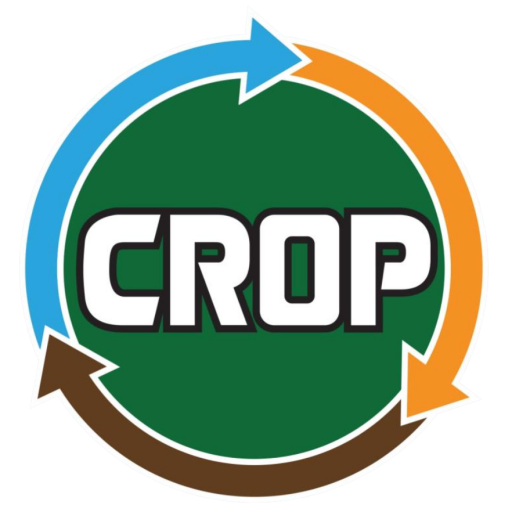
What does the number on the fertilizer bag refer to?
The number on the fertilizer bag represents the nutrient content of the product commonly known as the fertilizer formula or NPK ratio. The three sets of numbers on the bag indicate the quantity of three essential plant nutrients. The first number (N) stands for nitrogen, the second number (P) represents phosphorus, and the third number (K) for potassium. These three nutrients are primary elements necessary for plant growth. For example, a fertilizer with a label of 10-20-10 means that it contains 10% nitrogen, 20% phosphorus, and 10% potassium by weight. These ratios indicate the relative proportion of each nutrient in the fertilizer mix. It is crucial to adhere to legal standards, and every fertilizer formula must be registered with the Department of Agriculture before being authorized for sale. Checking the registration number on the bag ensures that the product complies with regulations and meets established standards. Additionally, understanding the nutrient composition of the soil is essential for effective agriculture. Imbalances in nitrogen, phosphorus, and potassium can lead to soil degradation over time. Therefore, farmers need to assess the nutrient levels in the soil to make informed decisions about fertilizer purchases and ensure that the chosen fertilizer meets the specific needs of the crops at different stages of growth. Sustainable agricultural practices involve maintaining a balance between nutrient export and compensation to preserve soil fertility.




